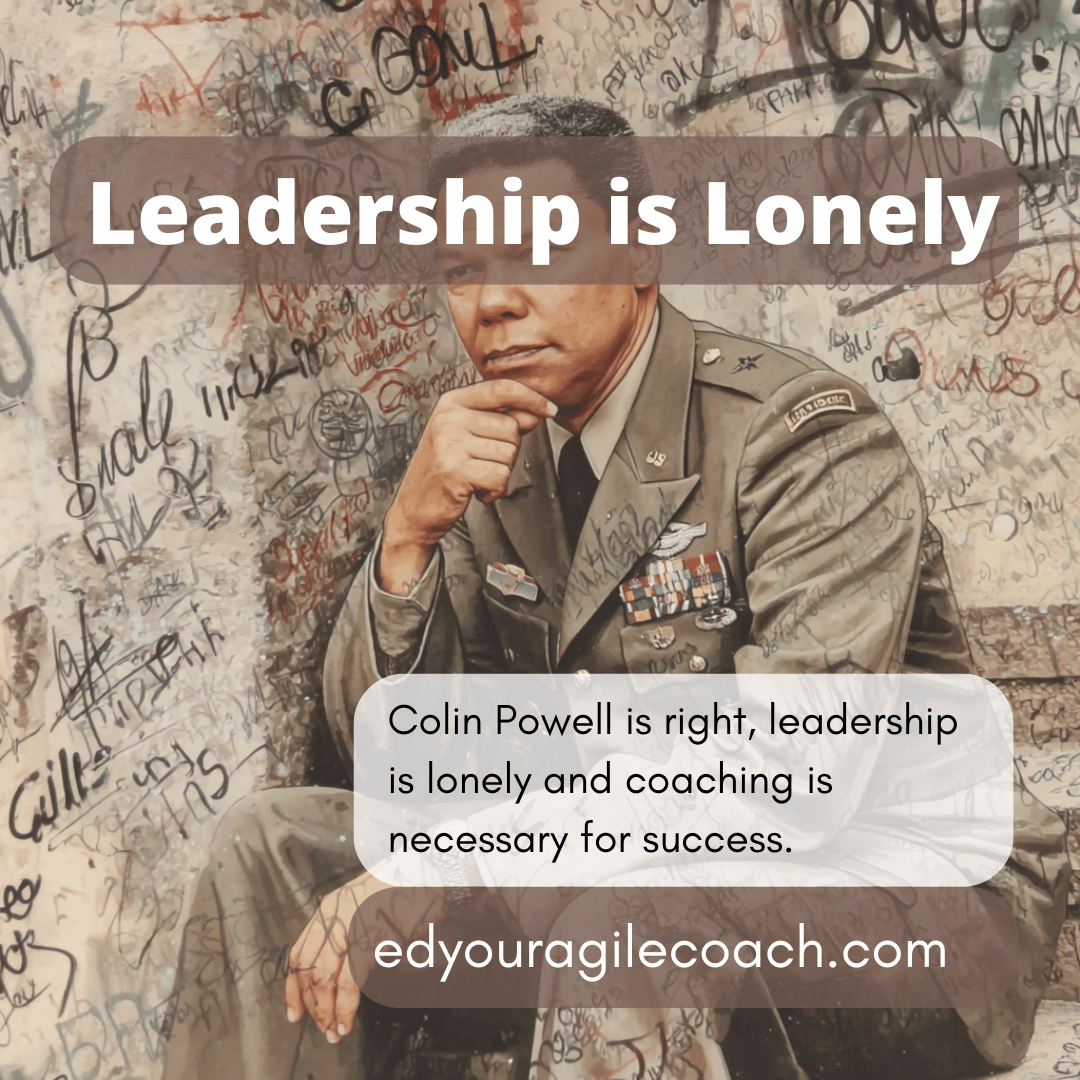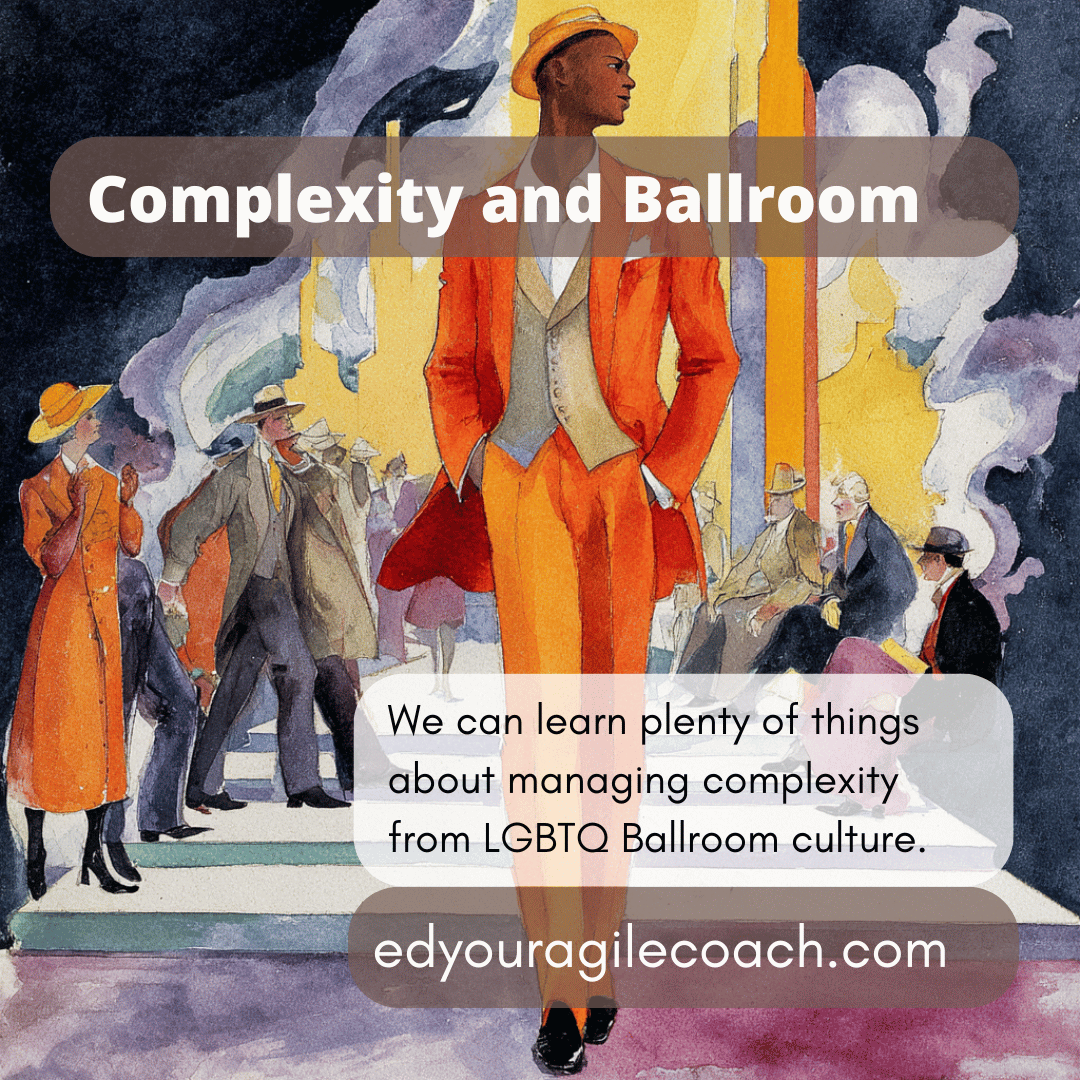Leadership and eating the elephant.

I relieve stress when not at the office by pursuing several hobbies. I am a big movie buff and love debating cinema of all types. I also collect and play with toy soldiers. I have been in the hobby for nearly forty years and am a member in good standing with the Historical Miniatures Gaming Society. You pick up military history by collecting soldiers through osmosis. Interestingly, some of the trivia I have picked up has informed my agile practice.
I have written about military history in the past. I recognized Eisenhower performing the greatest act of project management in history with his preparations for the D-Day invasion. I also pointed out Richard Armitage’s efforts to save South Vietnamese soldiers and civilians during the fall of Saigon. Military history has plenty of stories of heroism and cowardice. People are elevated to their highest ideals or reduced to animalistic squalor. You are changed forever when you experience it.

The ultimate nature of warfare makes it such a bad metaphor for business. War is wasteful and is never sustainable. Many of the lessons of war are not relevant in today’s office because the worst thing that could happen is losing your job. In combat, a person can be maimed or killed. I avoid strategy, tactics, or logistics when discussing military history in my agile practice. I spent most of my time talking about leadership. It is the leadership of ordinary people in extraordinary situations that inspires me and that I use to encourage others.
One of the most inspiring leaders I know is Creighton Abrams. He was a World War Two tank commander and part of Patton’s Third Army in Europe. Abrams nicknamed his tank “Thunderball,” and his name was emblazed on his tank in bold white letters. Abrams survived the war despite the Germans destroying “Thunderball” seven times. He was lucky and brave, leading his troops from the front. He never asked a soldier to do something he would not do himself and inspired tremendous loyalty.
After the war, he continued to move through the ranks, commanding tank units in Korea and Europe during the early 1960s. His leadership ultimately expressed itself in his command of the U.S. Forces in Vietnam. Abram took over for fellow West Point classmate William Westmorland after his promotion to Army Chief of Staff in 1968. Abrams assumed command at a dangerous time. American forces had defeated the North Vietnamese Army and the Viet Cong during the Tet Offensive. It was an ugly and brutal victory that turned a majority of public opinion against the war in Southeast Asia. The Communist Vietnamese were going to keep fighting no matter how many people died in the process. Morale was low, and the mission of U.S. forces in Vietnam was in question.
Newspaper reports asked Abrams how he was going to preserve the South Vietnamese government, beat the communists, and keep U.S. casualties down. He responded, “When eating an elephant, you do it one bite at a time.” The quotation would guide him for the next four years as he led the U.S. withdrawal from Vietnam.
Unlike his predecessor, Abrams shunned the perks of leadership. He replaced the ornate wood desk first used by the French provincial governors with the standard steel desk used in the U.S. embassy. The mission of U.S. combat forces was simplified, and Abrams implemented the Nixon plan of Vietnamization. When he left Vietnam to become the Army Chief of Staff, U.S. forces had reduced from 576,000 to 24,200 troops. The big test of Vietnamization and Abrams came in 1972 during the Easter Offensive. With a fraction of the forces he had four years earlier, he stopped a significant assault on the country.
Abrams was the leader who accepted responsibility for both victory and failure. During his tenure, the My Lai massacre became public. The Khaki Mafia swindled the army out of millions of dollars. Finally, the battle of Hamburger Hill further inflamed anti-war sentiment. Despite these challenges and unreliable allies in the South Vietnamese government, Abrams stood as an example and ate the elephant one bite at a time. The main battle tank in the U.S. Army was named after him: the M1A1 Abrams.
All of this history relates to Agile because we should embrace Abrams's servant leadership. We should lead with our teams instead of squatting in our offices or via conference calls. Instead of grand gestures of reform, we should pile up little victories that will lead the organization forward. We should act as servants to our teams and shun the privileges of rank. Our organization's flaws should be transparent. Finally, when confronted with a threatening challenge, we can adapt and overcome it.
Leading change in an organization is difficult. Adopting the agile mindset in business will be the most significant change in civilization since the Protestant Reformation. I draw inspiration from figures like Abrams. He inspires me to take plenty of small bites from the elephant, and that is my career.
Until next time.




Comments ()